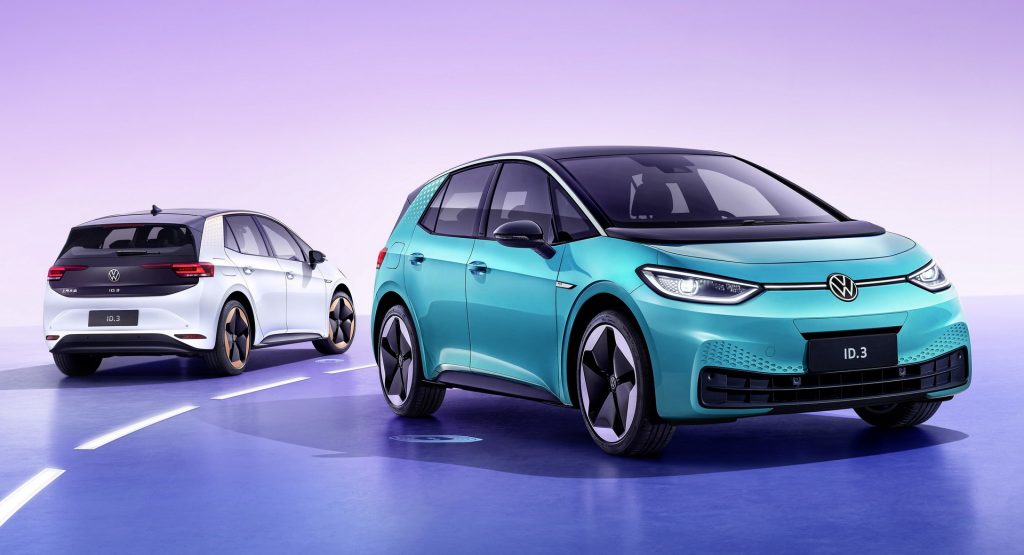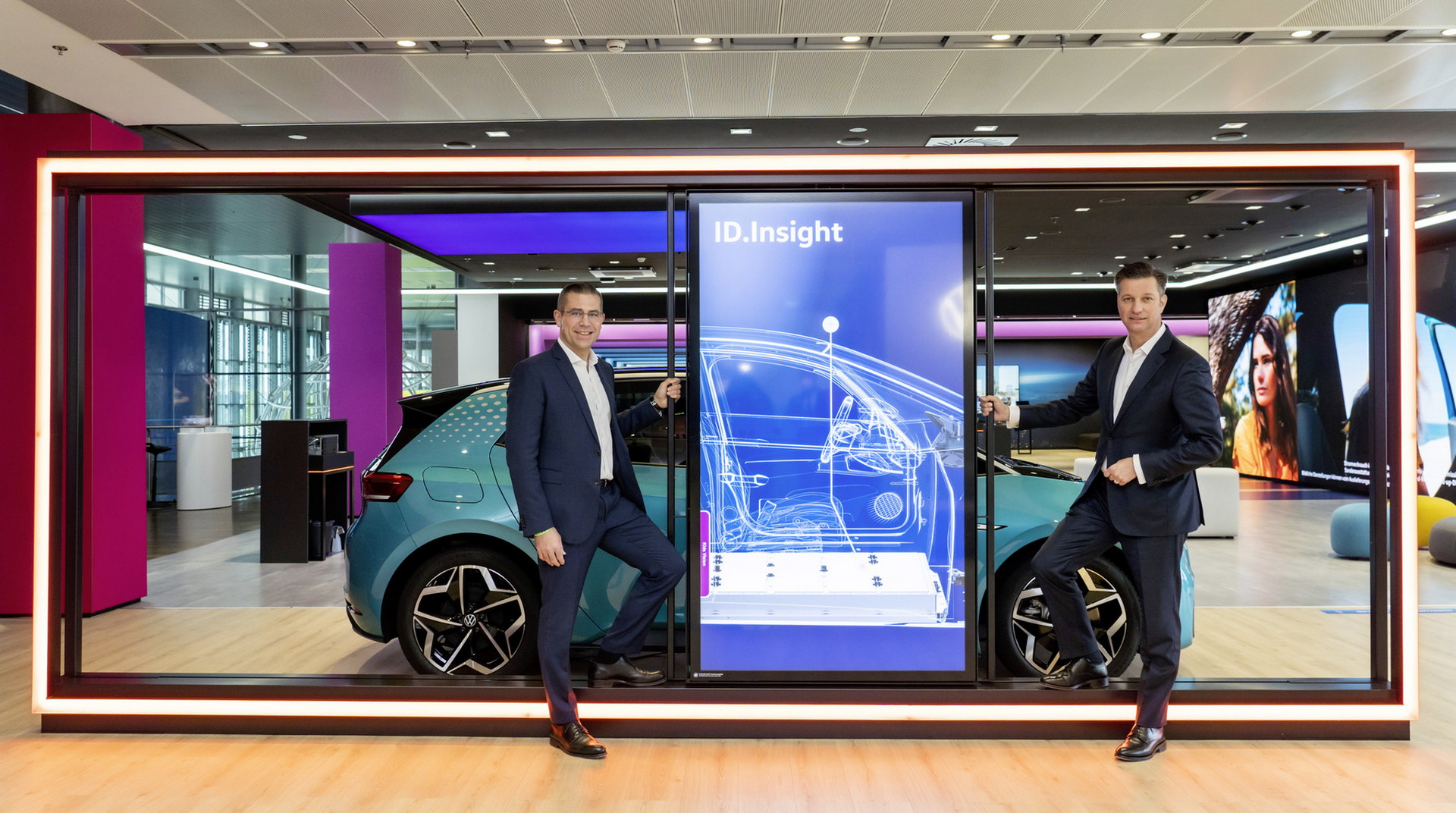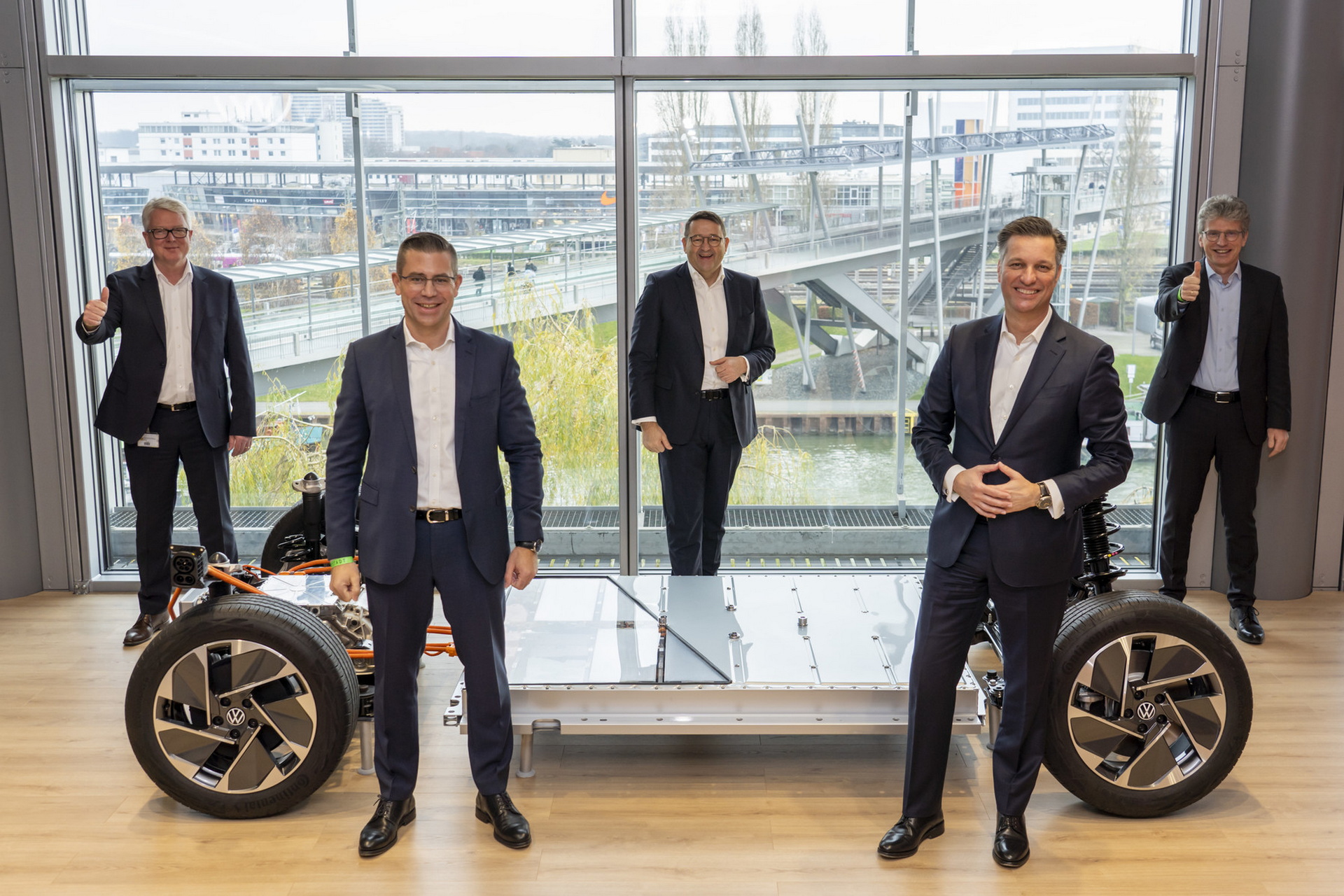Volkswagen announced today that it is embarking on three separate but related partnerships in the near future. All designed to help it in the production of electric vehicles, they will help it source CO2-neutral lithium for batteries, make its own cathode material, and improve automotive battery production processes.
The automaker says it has entered into a long-term binding agreement with Vulcan Energy Resources Ltd that focuses on securing a lithium hydroxide supply over the next five years. With it, VW intends to satisfy its growing demand for battery cell production in Germany and Europe.
Vulcan Energy plans to harvest lithium from the Upper Rhine Valley using local geothermal brine. The project, named “Zero Carbon Lithium,” aims to establish a sustainable, regional source of the material from Europe’s largest deposit with a process that requires neither fossil fuels nor evaporation ponds.
Read Also: Mercedes To Invest Tens Of Millions In U.S.-Based Factorial For Solid-State Battery Development
Additionally, VW will establish a joint venture with Umicore to supply its European cell factories with cathode materials. Starting in 2025, the partnership will have an initial production capacity of 20 GWh for VW’s gigafactory in Salzgitter, Germany.
Ultimately, the joint venture aims to reach an annual production capacity of up to 160 GWh by the end of the decade, enough to supply 2.2 million EVs per year. The automaker also aims to lower cathode material costs through this partnership and to ultimately help shrink the prices of EVs.
Finally, Volkswagen is investing in 24M Technologies, a Cambridge-based battery startup. Its semi-solid process of battery-making promises to save costs, make recycling more efficient, and reduce the carbon footprint of battery-making facilities. The process is an improvement over the dry coating process, says VW, and it will look to utilize it to bring down the cost of batteries. To do that, it will found a new subsidiary to develop and upscale the tech for automotive purposes, which it expects to be ready in the second half of this decade.










